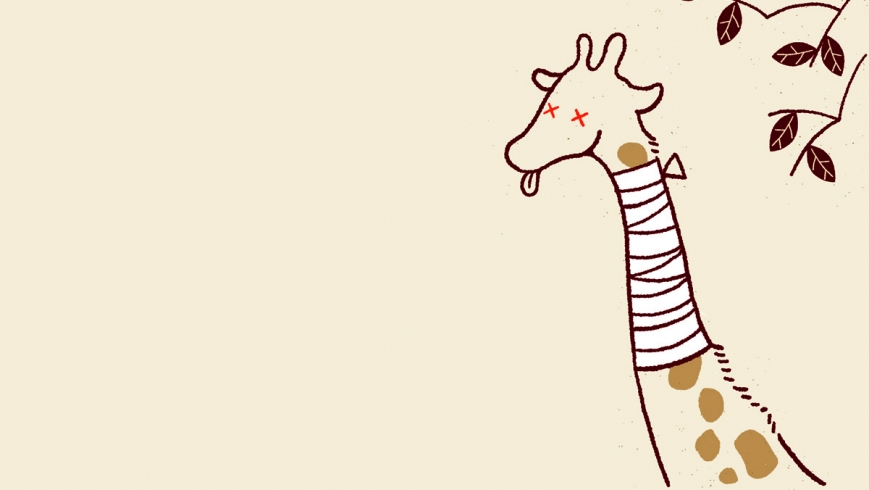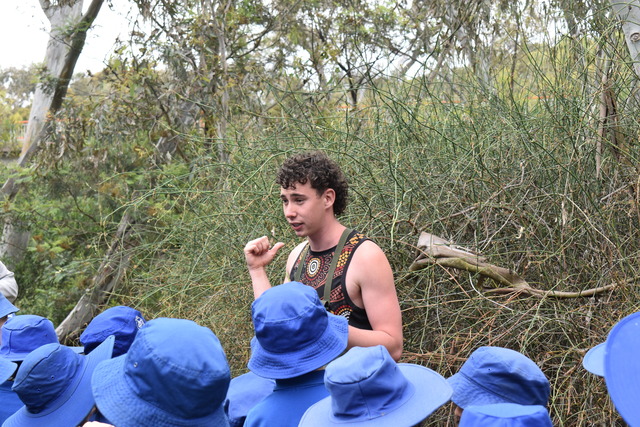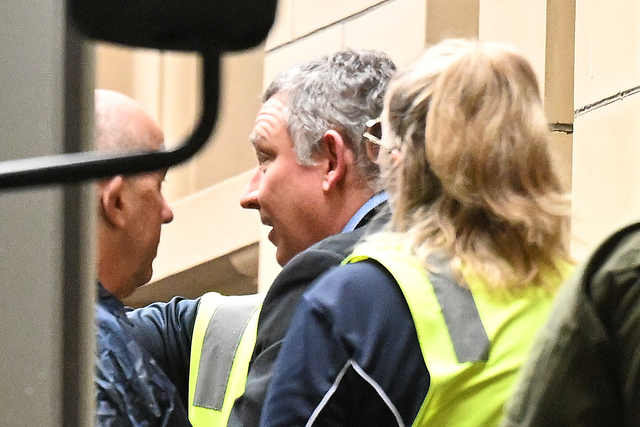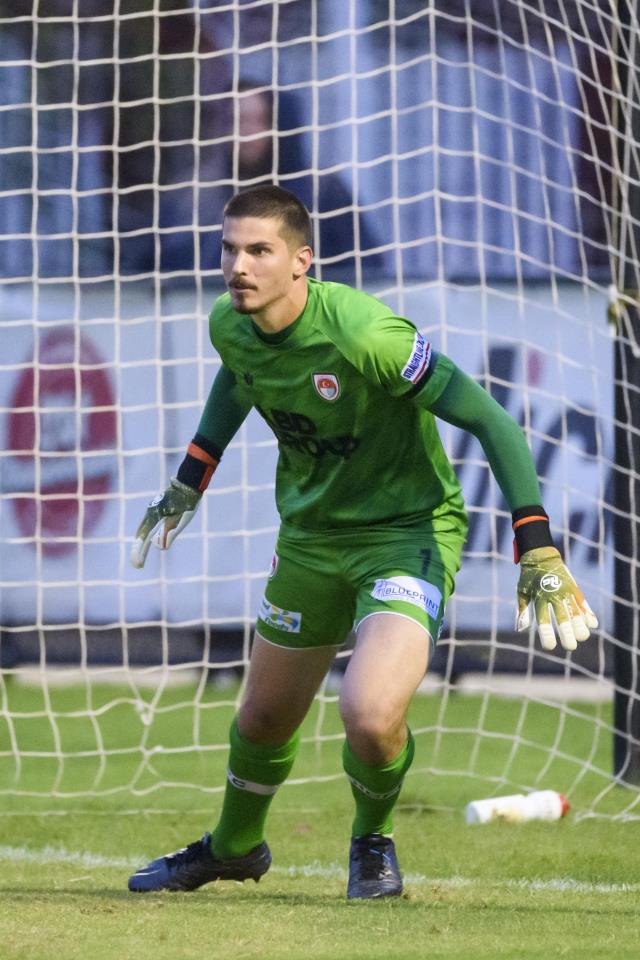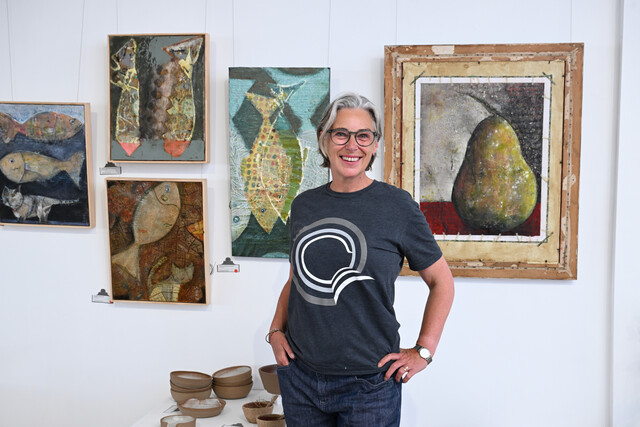There is one piece of brown furniture that stands out from the polished professionalism of this room.
Judging by the handles on the cupboards, it looks to date from the 1920s or 1930s. The owner confirms this is so.
He is the third surgeon to use this examination bed. There are marks around the bed base where the shoes of three successive medical professionals have worn away the varnish as each has tended to his patients.
I wonder how many thousands of people before me have lain here. Who’d emerge as the average patient if you tallied up all the ages and ailments?
The bed is horribly uncomfortable, the horsehair padding having compacted to a plank after more than 80 years of use.
Yet, it has an imperfect beauty or what the Japanese call wabi-sabi, which very roughly translates as ugly but interesting.
The surgeon appears pleased to have learnt something from a patient and seems to think I am fluent in Japanese, but really I’m just blathering incoherently with nervousness as he prepares to stick a large needle in my neck.
Ever since mum died I’ve had a lump in my throat, quite literally. It’s called a thyroglossal cyst and is apparently the most common congenital neck cyst.
The surgeon explains they result from the failure of the normal developmental obliteration of the thyroglossal duct during the eighth and 10th gestational week.
According to the best definition I have found: “The thyroid cells move down a canal, called the thyroglossal duct, to the final location of the thyroid in the neck. Once the thyroid reaches its final location, the duct involutes, or disappears. If the duct does not fully disappear, portions of the duct can create pockets, called thyroglossal duct cysts. These pockets can fill with fluid or mucus.”
Earlier the surgeon felt my neck, reading the soft tissue like biological braille beneath his fingertips.
Now he draws off a syringe full of something that is definitely not blood.
“Eew,” I exclaim in disgust.
“Why eew?” the medico asks, examining the vile vial, “it’s part of you”.
“Yeah, but not a part that should be there.”
“True.”
The surgery, he explains, involves removing the cyst and its track, as well as a small portion of a horseshoe-shaped bone I didn’t even know existed called a hyoid bone.
It seems a lot of trouble to go to, to remove a lump that is causing me no pain, is not cancerous nor infected.
It’s just a trifling lump, but still it makes me feel ridiculously self-conscious.
It probably sounds conceited to say it, although I have never thought myself particularly vain, but if this silly thing can challenge my notion of myself, I wonder how people deal with serious disfigurement.
We all have things we loathe about our bodies but my neck has, until now, never been one of them.
It’s not that it’s swan-like or anything, but it does a pretty satisfactory job of separating my head from my body.
Soon it will be gone, this duck egg in my throat.
This man with his beautiful, sure, steady hands will remove it for me. And then my neck will no longer be – at least to my mind – ugly. But nor will it be in any way interesting.
They do say vanity comes at a price.

